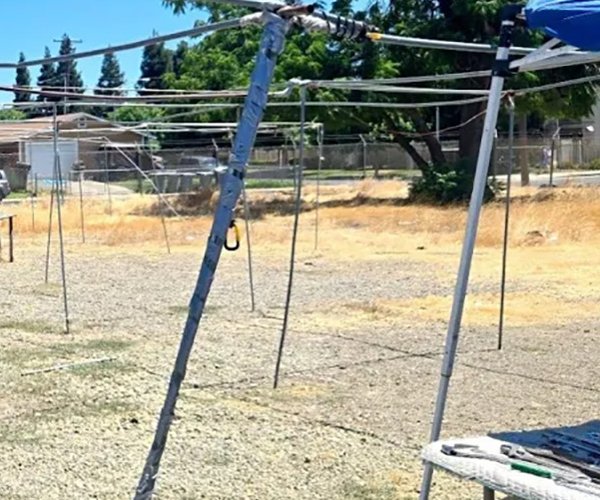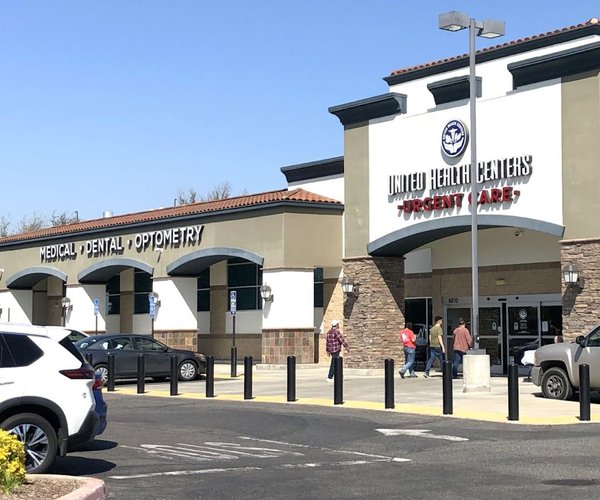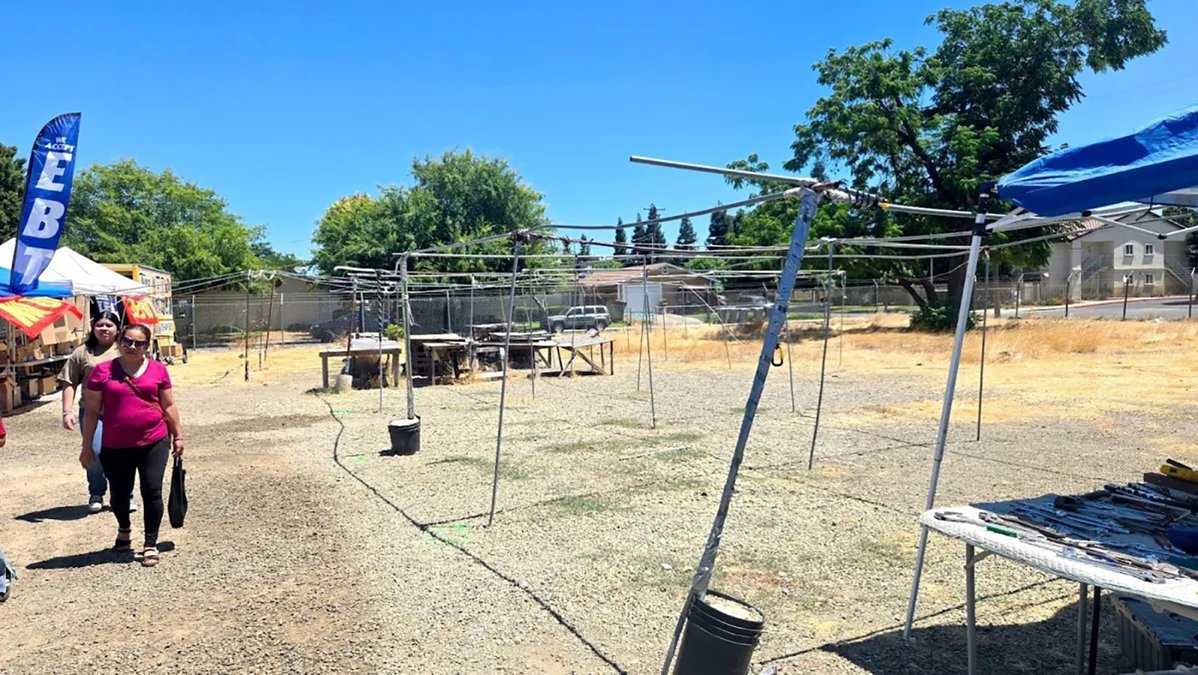Sometimes you cannot know where you are going until you know where you have been.
This was the mantra of the Mayor’s Economic Development Task Force on Tuesday, as the group reviewed the City’s accomplishments over the past 10 years to discuss how Turlock might continue moving forward.
Noting the economic development plan of 2003, members of the task force highlighted some significant changes that have occurred in Turlock in the span of a decade. For instance, taskforce Vice Chair Mike Brem reviewed the changes that have taken place in the City’s downtown.
“If you look at the plan from 2003, you can see some of the changes that have occurred in downtown alone. Aside from just the revitalization, now we have City Hall, the Carnegie Arts Center and the Public Safety center all located in our downtown. None of those buildings were there in 2003,” said Brem. “The look and feel of the downtown is very appealing to people and something that we need to capitalize on.”
While many agreed that the downtown has proven to be a success for the City, others chose to highlight Turlock’s Regional Industrial Park as the place where the City’s focus needs to be.
Turlock attorney Richard Mowery said that with the success of the newly constructed Blue Diamond facility in the industrial park, the City should focus on marketing to businesses how quickly that process was accomplished by having shovel-ready land available.
“You need to think of how to market a ‘stream-line’ system, much like a ‘fast-track’,” said Mowery. “Businesses don’t know or realize what you have to offer. The City is prepared, so promote that.”
Mowery also noted that the City makes a considerable profit from the almond industry and should consider new ways to market other areas of agri-business. For example, Mowery explained, the City has a large dairy industry and could attempt to bring in infant formula companies — an industry that he says is primarily dominated by three major companies currently located on the East Coast.
“With Turlock’s almonds, you have an export commodity,” said Mowery. “Your market for your number one product is overseas, which is a benefit because some of those economies overseas were not going through the same struggles our economy had been going through. So that overseas money comes here and gets spread around in our local economy. You have other areas of agribusiness that are not quite as known in those overseas markets, but you could promote anything from beef to the Asian market, or even infant formula with the dairy industry that you have here.”
Aside from the accomplishments that have been made, the group will continually look at the City’s General Plan as a means to move forward.
“The General Plan is the future of this community until 2030,” said Brem. “It’s the blueprint as we move forward. We have this base to work with, and say that we can grow, we can attract businesses.”
The City’s General Plan was fully updated in 2012, a process that took over three years and cost nearly $1.8 million. According to Maryn Pitt, assistant to the City Manager for economic development and housing, the economic development strategic chapters of the plan were developed by compiling years of community input from various City-held meetings.
“If you look at the economic development strategic chapters, those are a good base to see where Turlock is going. Those aren’t in there ‘willy-nilly’; they’re from years of community input,” said Pitt. “As a whole, Turlock is better than most. Our unemployment rate is around 9 or 10-percent, but Merced is still double of what we are.”
Using the general plan as a blueprint, Pitt says that Turlock can expect some big changes in the near future.
“We anticipate some big stuff going on in the next 12 to 18-month period with industrial and residential development,” said Pitt, who said that Turlock can expect new residential construction come spring. “We need to keep developing a collective vision for the future of Turlock.”
During the meeting, members of the taskforce broke into three subcommittees to focus on Business Attraction, Business Retention/Expansion, and Marketing. The groups will continue to work together over a one-year period to help develop an economic development plan to submit to the City Council.
“A plan is only as good as the number of people that participate,” said Pitt. “The more people who participate, the better the plan.”
The Mayor’s Economic Development Task Force meets on the first Tuesday of every month at 4 p.m. at City Hall, located at 156 S. Broadway.









